-
The Brain of Amoeba

The Brain of Amoeba – “To see a world in a grain of sand”
Our brain has evolved out of the need to exercise better control over the ‘Self,’ and, to an extent, our ‘surroundings’ (that includes things, beings and people).
To understand how it does, let us first understand something simple – the brain of amoeba. You might wonder, what an amoeba has anything to do with our brain.
Does an Amoeba have a brain at all?
Let me introduce you to my friend ‘Amoeba.’
Amoeba is a very simple life form, a single-cell organism.
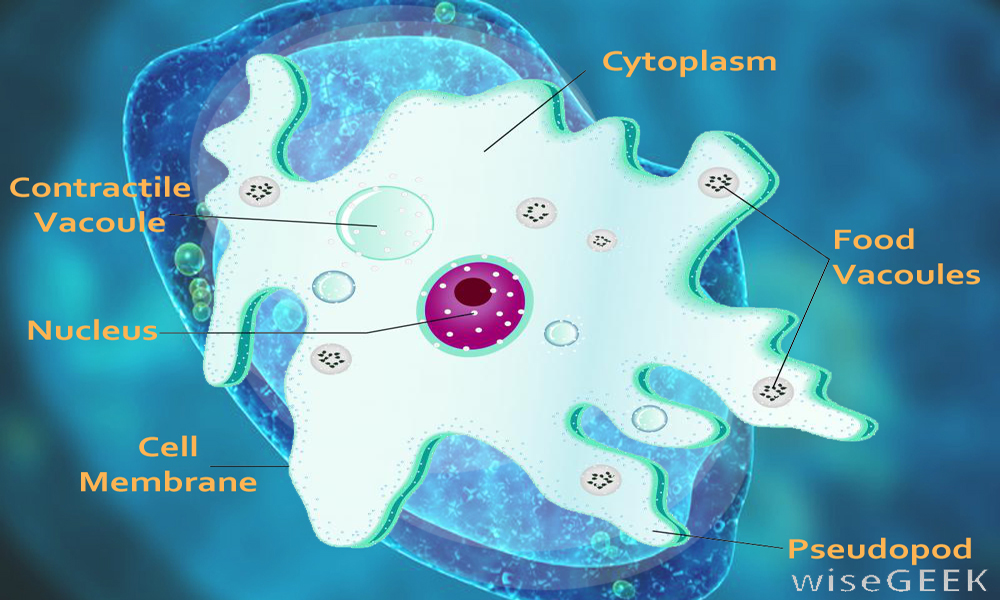
Only one cell, in comparison to what we humans have – 30 trillion cells (30 followed by 12 zeros), excluding the 40 trillion bacteria that we harbor(yes). The cells that our brain uses for thinking – the neurons – make up a 100 billion (1 followed by 9 zeros – 1000000000) and have approximately 500 trillion connections – synapses.
But, make no mistake, being single-celled does not make the amoeba any less brainy than us.
In fact, an Amoeba does a lot of things, we humans do.

– Breathes – Oxygen directly diffuses into the cell through permeable membrane
– Forages for food, identifies food, eats food, digests the food and excretes the waste too(seriously?)
– Identifies threat, moves away from it (unlike many humans)
– Procreates (Hmmm!?) – What more, it does not waste time, energy and resources trying to find a mate! It does not need one, a single cell is capable of procreation.
What lies at the heart of these actions and interactions?
Let us break down the events and analyse them.
The amoeba ‘senses’ something to be food and ‘acts’ to consume it.
The amoeba ‘senses’ something to be a threat and ‘acts’ to move away from it.
The amoeba ‘senses’ the need for multiplying & ‘acts’ to undergo – binary fission.
It is evident that there are two underlying basic life processes happening here, ‘Sensation’ and ‘Action,’ that constitute every interaction.
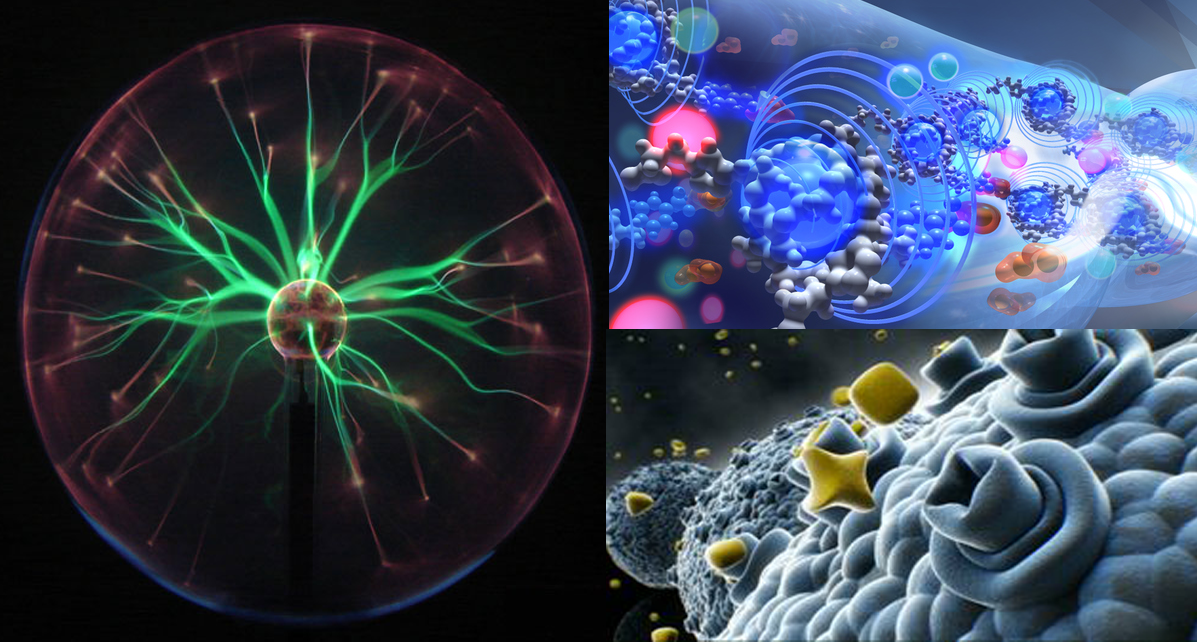
‘Sensation – a process of acquiring information’
‘Action – putting that information to work.’
Nature has conferred the intelligence to make this interaction happen even in the tiniest life form – Amoeba.
The protein molecules within the cell membranes and in the cytosol act like sensors. Once a potential food or threat is identified by the sensor protein in the membrane, it changes its shape and orientation in a certain way, making the amoeba receptive or hostile.
This activates a molecular motor – a protein capable of movement – enabling it to move towards the food or away from threat.
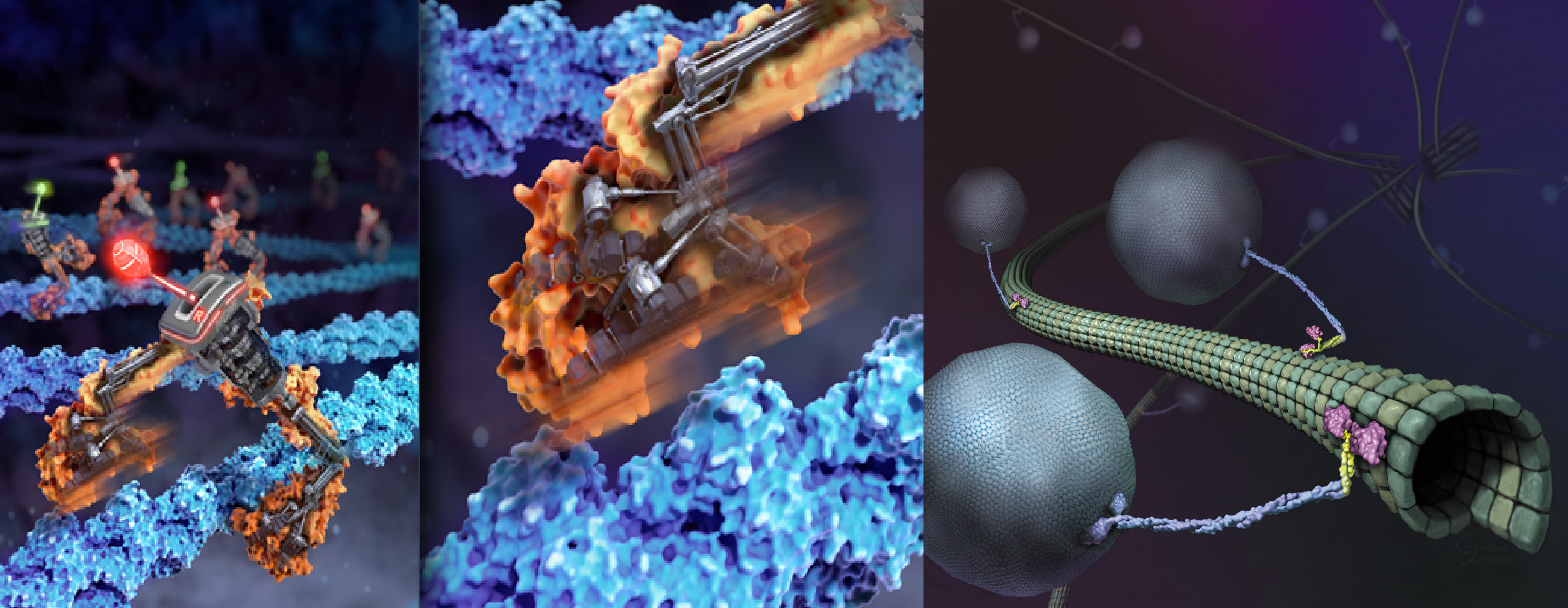
Addressing our initial question – where is the brain of amoeba, who does so many things?
Well, the ‘whole of amoeba’ itself is the ‘brain’.
Intelligence is embedded in each and every molecule of amoeba, making its single cell a fully functional module on its own, capable of survival and expansion.
In the amoeba, sensation and action are just a molecule apart.
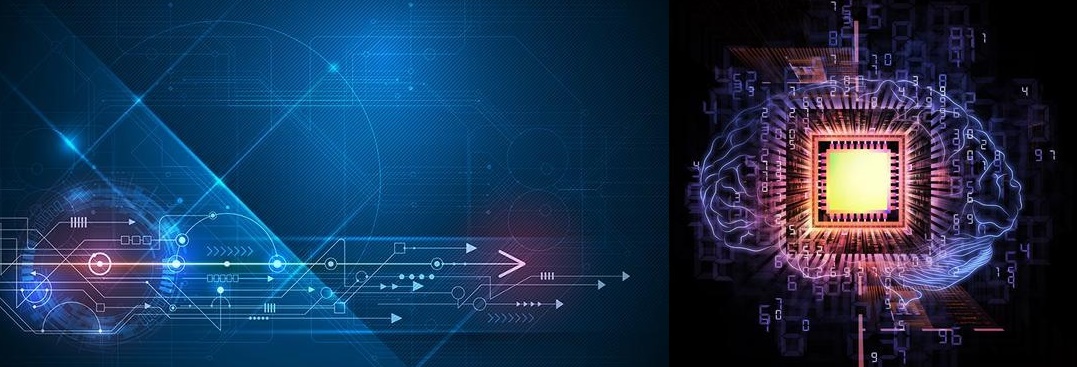
As organisms evolved into multi-cellular & more complex beings, individual functions were delegated to different group of cells. Many cells joined together to form tissues, tissues combined into organs and organs into a body.
– The function of providing oxygen for cellular energy generation was taken up by lungs
– Supply of oxygen and nutrients was maintained by the pumping heart and its network of blood vessels
– Digestion and excretion were delegated to the digestive system
– Water management was done by kidneys
– The machinery to procreate was taken over by gonads
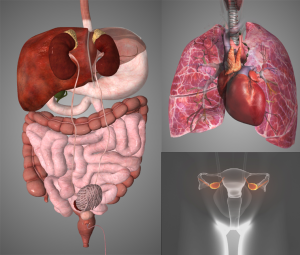
The basic need of every cell, tissue, organ still remained same – acquiring information – to gain a better control, by knowing what is g(f)ood, what is danger(bad), when to act and then act.
This information being no longer confined to a single cell, spread across all the organs, tissues and cells of the whole body.
In order to benefit the conglomerate of these cells as a whole, to benefit the body housing these organs and cells as a whole, there was a need to bring this information together – integration.

A place was required to bring this information together – this space is the brain. The information that is carried by each of its neurons is a representation of reality in its most abstract form – a nerve impulse.
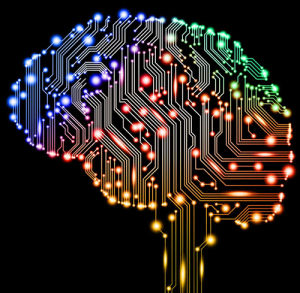
It became necessary not only to integrate information(‘sensation’), but also to process and transmit it ‘rapidly’ across the cells resulting into a swift ‘action’. The fastest observable thing in the universe is light. The next fastest is electricity (Light itself is an electromagnetic wave). Nature has utilized this very property of electricity – SPEED– the neurons communicate with each other by electrical impulses.

The primitive intelligence of the molecules in a single cell of amoeba has been distilled by nature and infused into our brain and its 100 billion cells – the neurons and their 500 trillion connections – synapse, with a purpose to link sensation and action in a more meaningful way.
In my next blog- Mãyã, I’ll explain sensation and action in context with our brains.
Copyright 2024. All rights reserved Site by JBK Infotech


